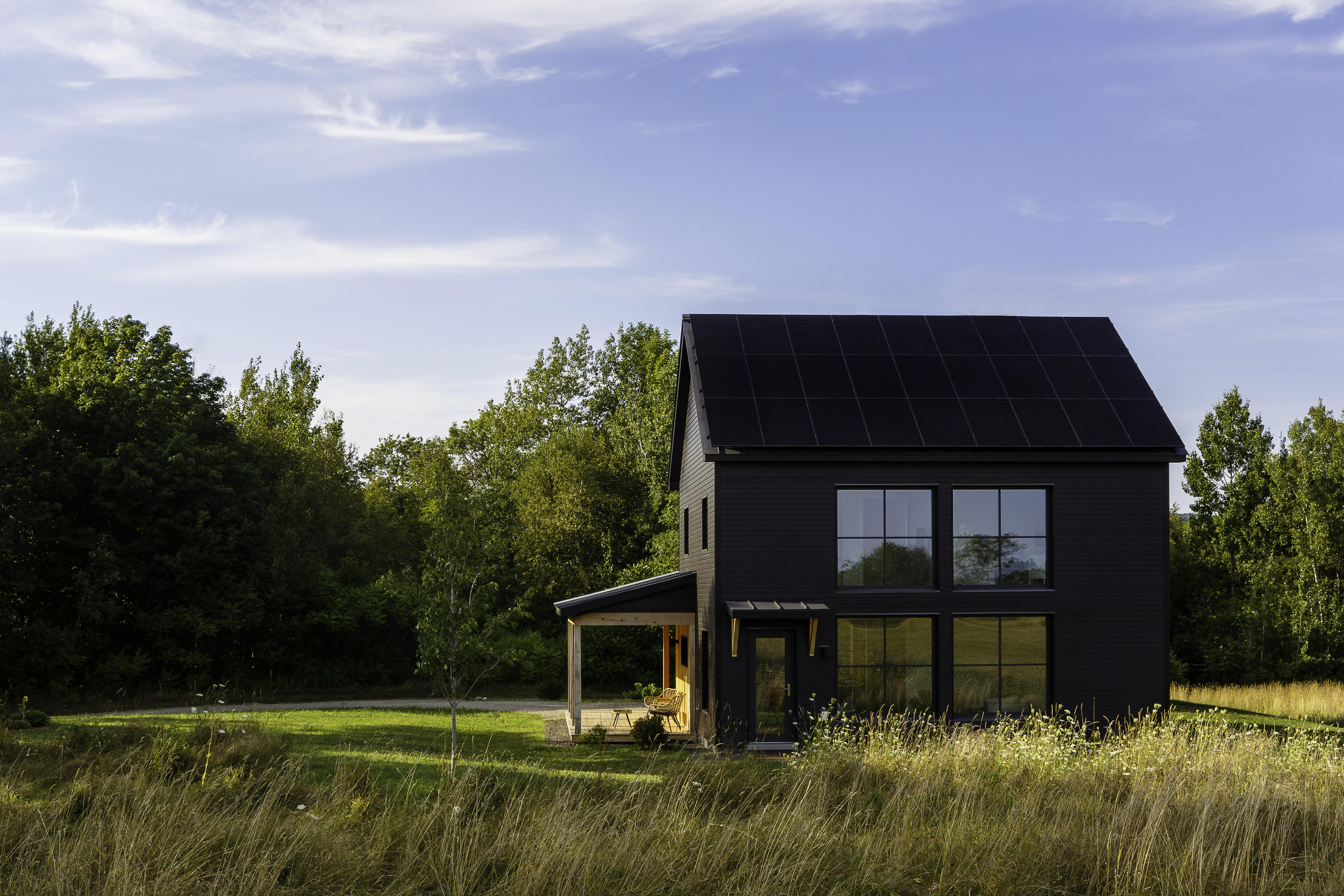
""You feel the difference when you're in these houses. It's just healthier." - Michael Ingui "You can have filtered fresh air 24/7. Most of our clients didn't even know that was an option. It's just a better house." - Michael Ingui"
"Passive houses significantly reduce energy needs and provide a healthy living environment, making them increasingly popular among homeowners."
"Passive houses use a combination of tapes, sealants, and membranes to air-seal the home, preventing unwanted pollutants and allergens from entering."
"Triple-pane windows and continuous layers of insulation contribute to the energy efficiency of passive houses."
Passive houses are energy-efficient homes that originated in Germany during the 1990s. They significantly reduce energy needs and promote healthier living environments, particularly beneficial for individuals sensitive to allergens. These homes are air-sealed using various materials, preventing the entry of pollutants while ensuring a controlled supply of filtered air. Features such as triple-pane windows and continuous insulation layers enhance energy savings. Additionally, the elimination of thermal bridges in design is crucial for maintaining efficiency. Passive houses are gaining popularity for their numerous advantages for homeowners.
Read at Remodelista
Unable to calculate read time
Collection
[
|
...
]